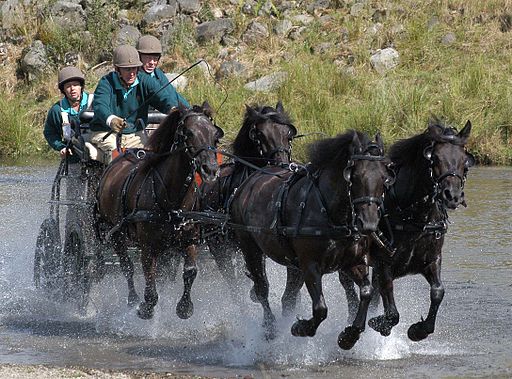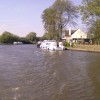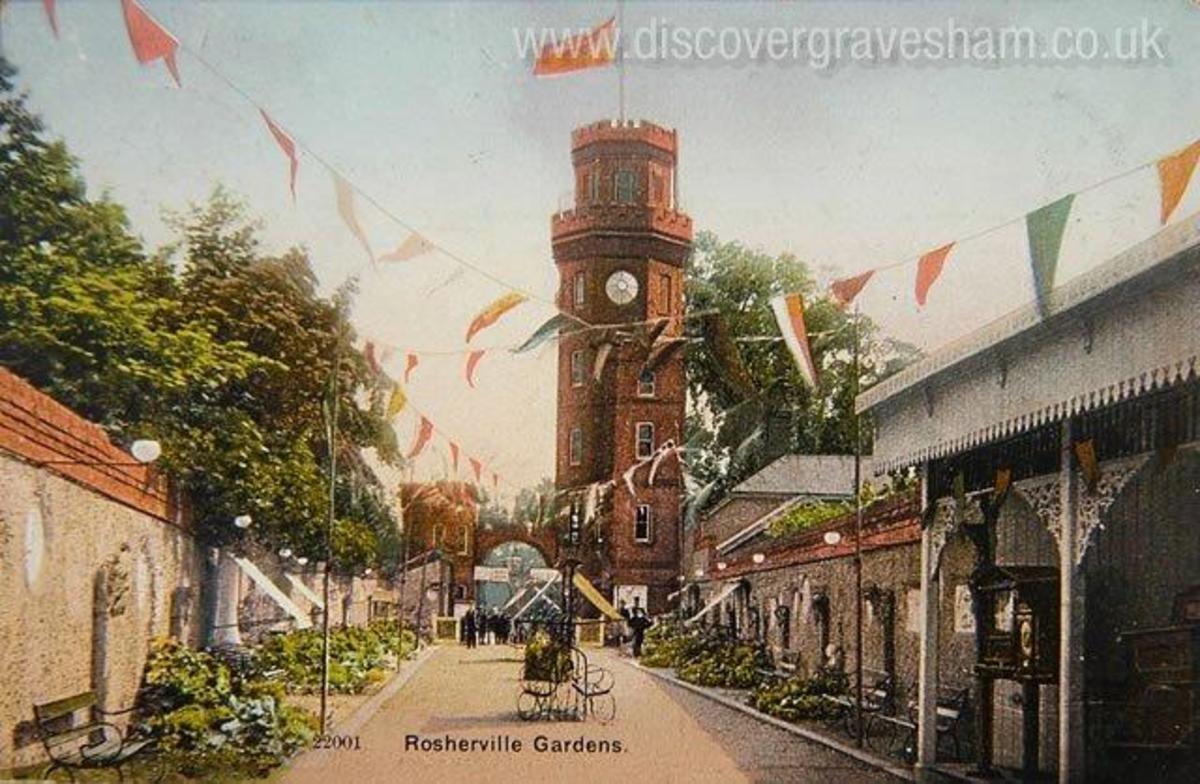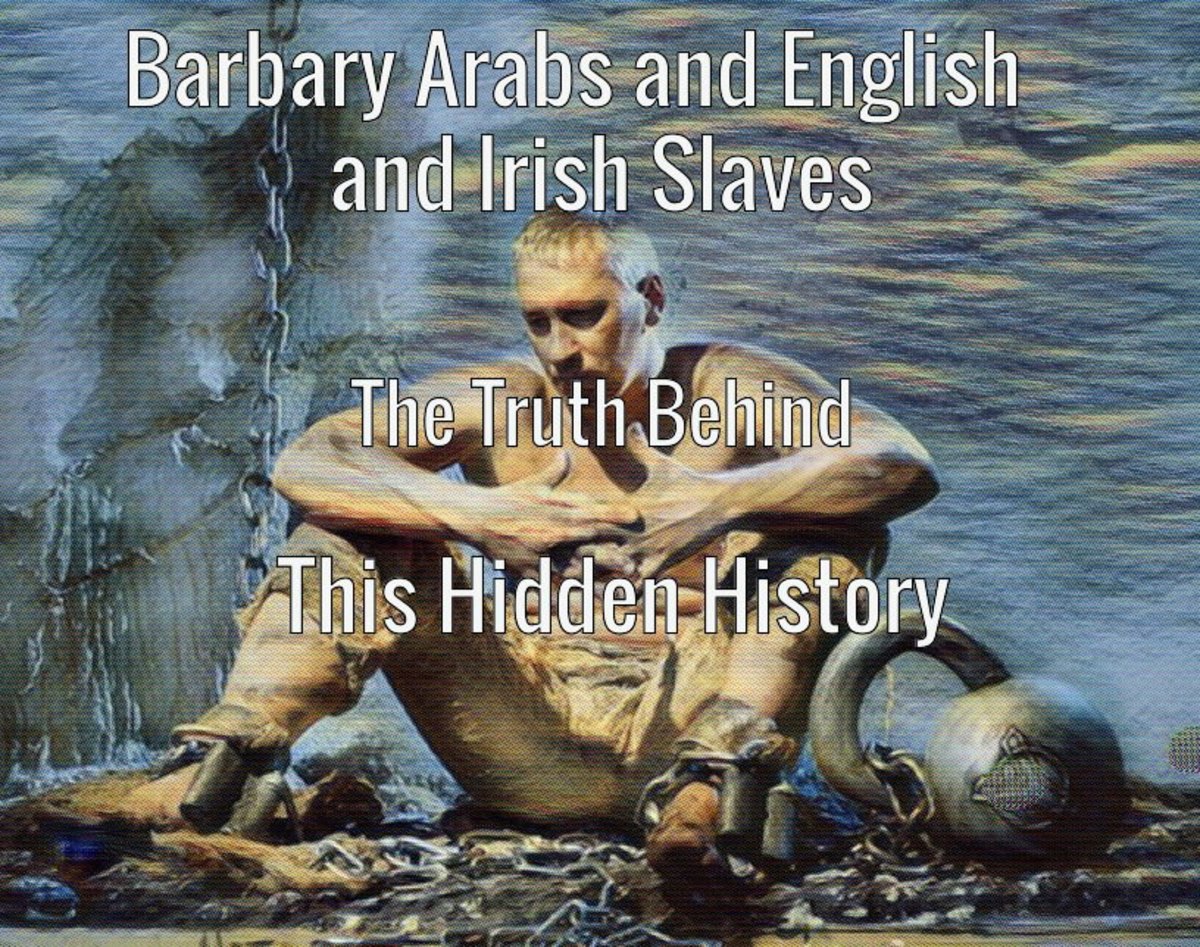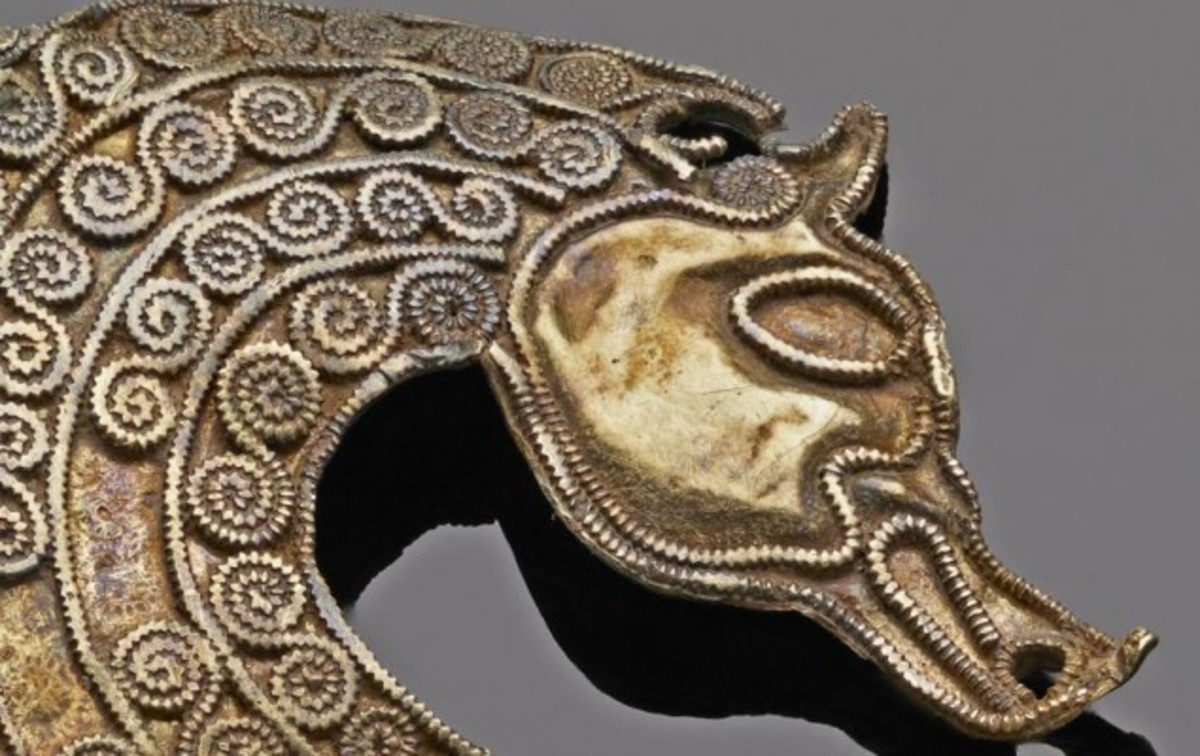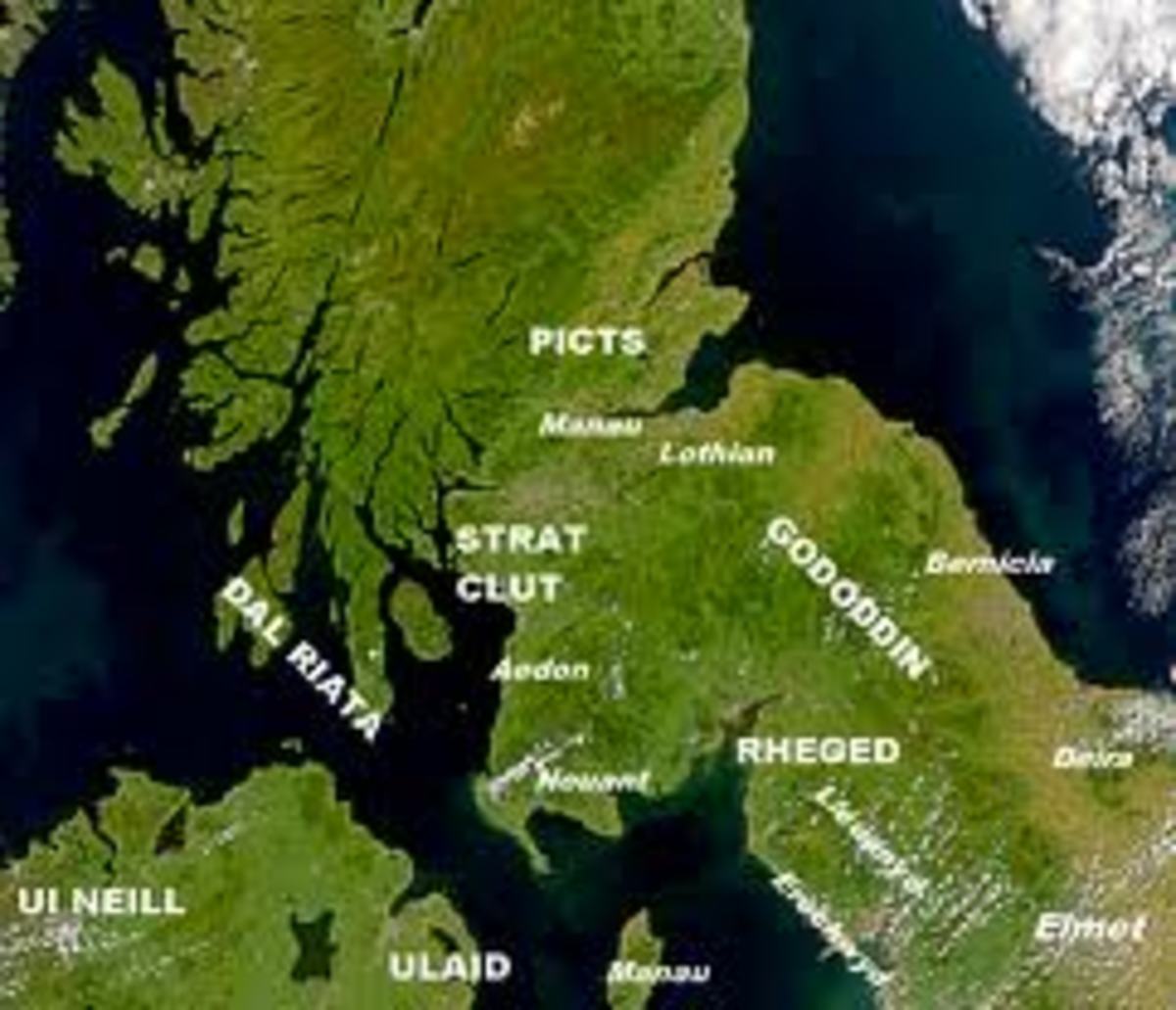- HubPages»
- Education and Science»
- History & Archaeology»
- History of Europe
The Early years of Prince Philip
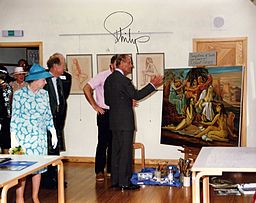
The Birth of a Prince
On 10th June 1921 a son was born in Corfu to Prince Andrew of Greece and Denmark, the younger brother of the reigning King Andrew, and his wife Princess Alice of Battenberg. This baby was named Prince Philip of Greece and Denmark and was destined to marry the future Queen of England who had not yet been born. The baby Philip had strong royal connections being related to the royal families of Greece, Denmark and Spain and also to Britain via his maternal grandfather Prince Louis of Battenberg.
Rescued by the Royal Navy
The young prince’s babyhood was eventful. The king’s position of neutrality during World War One had not been popular with the people and to make his position even worse in 1921/2 the war between the Greeks and the Turks was going badly for Greece. The King of Greece was forced to abdicate, for a second time, and his family flee the country; with the baby Philip owing his life to a British frigate H.M.S. Calypso which rescued the family in December 1922. It was said that King George V did not want a repetition of the execution of his Romanov cousins, when Britain did not come to their rescue.
The instability of life was set to continue throughout Philip’s childhood. Initially the family fled to Paris where Philip started his education but at the age of 8 he was sent to live with his maternal grandmother , Princess Victoria of Hesse and his uncle the Marquis of Milford Haven, living with his grandmother in Buckingham Palace and his uncle at Bray. At this point in his life at 8 years old his immediate family ties began to crumble. His sisters who were all older than him married and moved to Germany- his father moved to Monte Carlo whilst his mother was diagnosed with schizophrenia and confined to a sanatorium.
His father refused to give a home to the young boy, living in the South of France in apartments or rooms or in villas or yachts owned by friends. In May 1936 his finances improved with the restitution of lands by the Greek government and the removal of the residence ban which had forced him into exile. Again although he visited Greece that year he did not provide a home for his teenage son. Phillips mother Princess Alice was born deaf and despite this managed to live a full life until she was taken ill. After she left the sanatorium the Princess was allowed to return to Greece where she lived throughout the war doing her best to shelter Jewish families. Again she did not provide a home for her son but it would probably not have been allowed had she done so . Princess Alice did reconnect with her family in late 1936 so the Prince once again had a mother albeit not in the same country.
Gordonstoun School
At the age of 12 the young Prince was sent to be educated in Germany but the school had been founded by a Jewish man Kurt Hahn who fearful of persecution by the Nazi authorities, fled to Scotland where he founded Gordonstoun School, and Philip followed him. In November 1936 the Prince was further distressed when his sister Cecile was killed along with her husband and young sons in an aircraft. At times like this the young prince would have turned to his masters at school who in fact had to break the bad news to him. Such was his resilience that he was able to travel alone to Germany aged only 16 years to attend the funeral, seeing at first hand the Nazi uniforms, By all accounts the period at Gordonstoun was a happy time for Philip and he left in September 1939, a levelheaded dutiful 18 year old man waiting to make his mark on the world.
Naval Service
The Greek Royal family had a strong tradition of armed service and Philip joined the Royal Navy excelling during his training and quickly gaining the trust of his tutors. As a result of this and his strong family ties the young prince was asked to escort the two daughters of King George V1 around the Naval College at Dartmouth. It is believed that it was love at first sight between Elizabeth and Philip.
Philip had a distinguished naval career seeing action early in the war in the Indian Ocean as a midshipman in HMS Ramilies, HMS Kent and HMS Shropshire. In October 1940 Greece was invaded and the naval emphasis moved to the Mediterranean where Philip was “mentioned in despatches “ for his work in controlling a floodlight in the Battle of Cape Matapan. It was not until April 2012 that the Prince first spoke publicly about his efforts. The floodlight he controlled was being used to identify enemy ships that were running without lights, when one was identified he would lift the shutter allowing the gunners to see what was there and an attack would be launched. In the ensuing battle three Italian destroyers were destroyed and two were severely damaged. More importantly it showed to the Italians how misplaced their confidence that the Germans would protect them from Allied attack, had been, However he was not totally out for glory and there is an account of him helping to stoke the boilers of RMS Empress of Russia when all hands were needed
The Royal Wedding
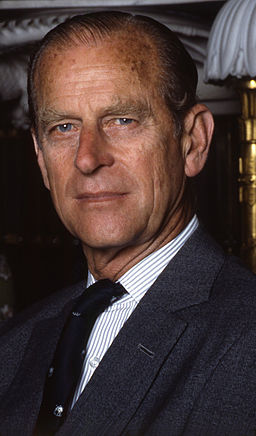
The Prince and his Princess
It was during the war years that the young Prince started the love affair with the young Princess Elizabeth which was to dominate both of their lives. In 1939 when he was at the Royal Naval College at Dartmouth he was asked, as a relative to escort the King’s daughters Elizabeth and Margaret around the college. It is generally accepted that this was the start of the couple’s relationship.
During the period 1939-1942 the prince stayed with the family at Buckingham palace as a regular visitor and by Christmas 1943 Princess Elizabeth had placed a framed photograph of the prince on her dressing table. Shortly after the end of the war Prince Philip asked King George for his daughters hand in marriage. There was some disquiet in the family but this was mainly due to the Princesses age as she was only just 21 years old when she married
However there were a few obstacles which had to be overcome before the marriage could take place. Philip denied his Greek and Danish royal titles and converted his religion from Greek Orthodoxy to Anglican (Church of England). He then became a naturalized British Citizen and took the family name of Mountbatten from his maternal grandparents. Just before the wedding service took place the King announced that Philip was to be His Royal Highness the Duke of Edinburgh. The man who was born without a stable background would now with his new wife provide the future of the British monarchy.
Prince Philip at leisure
